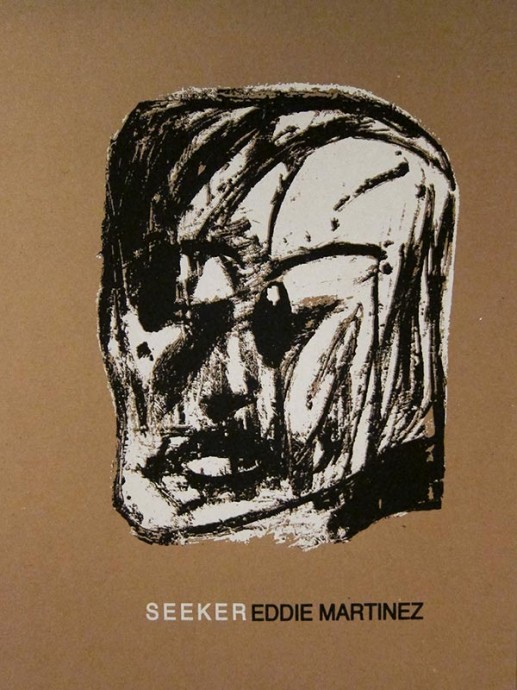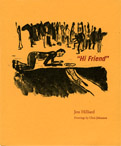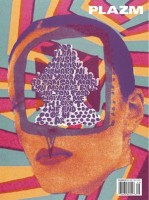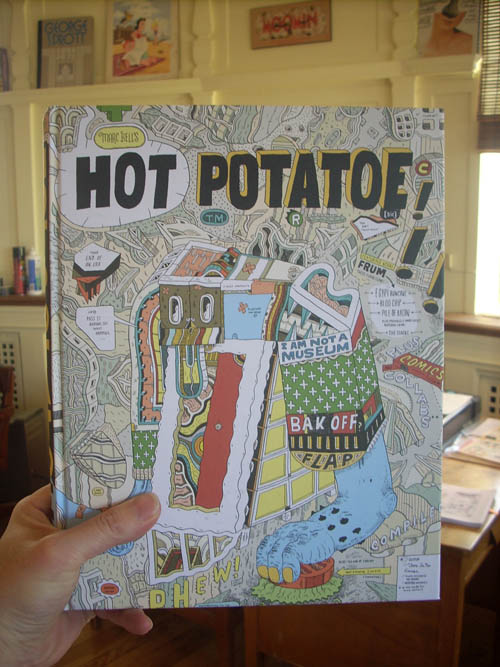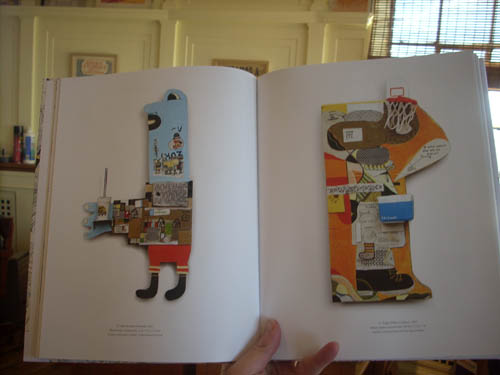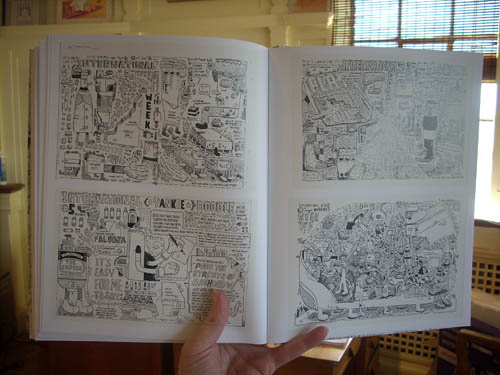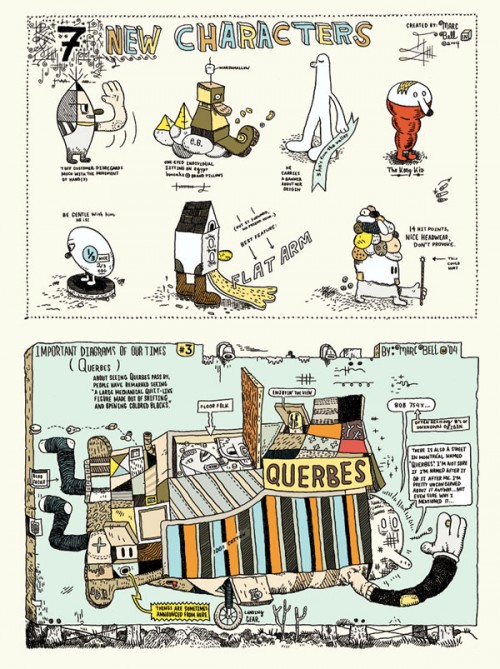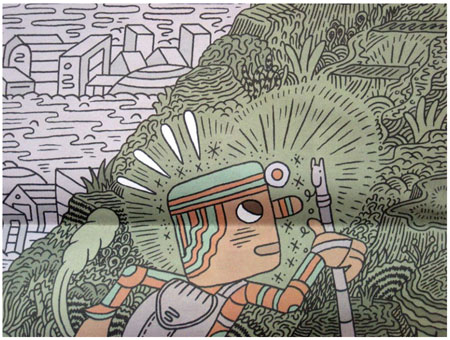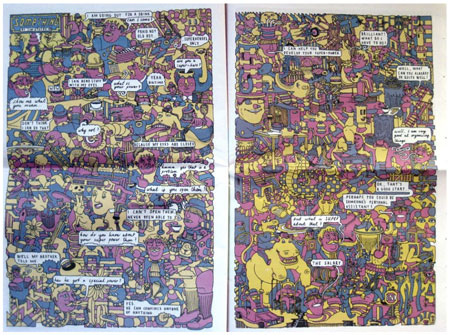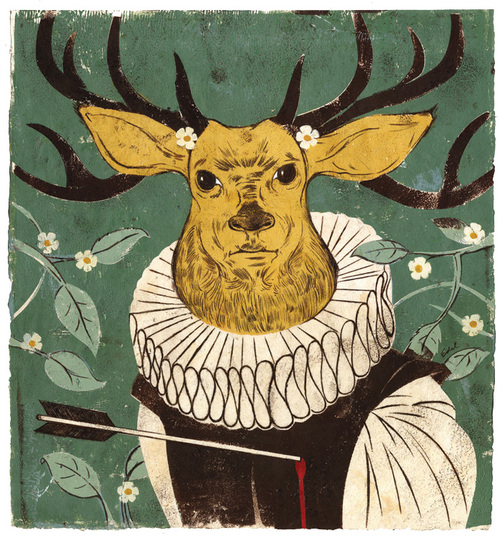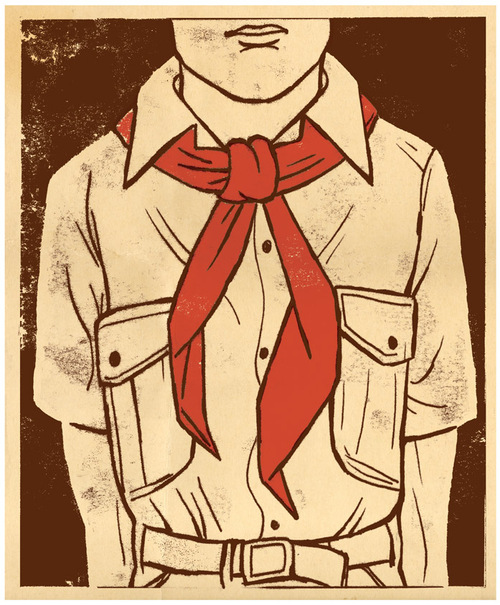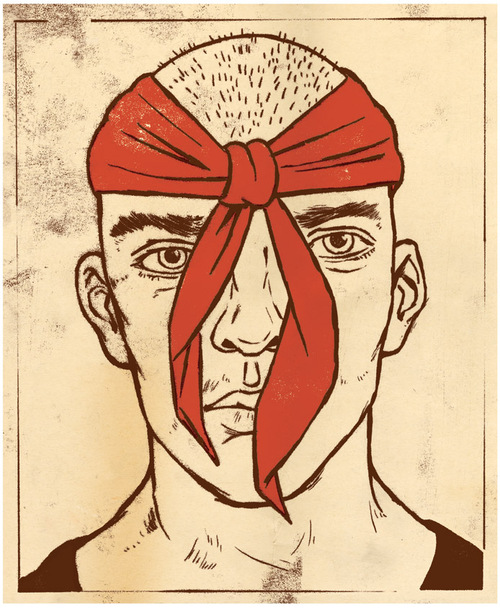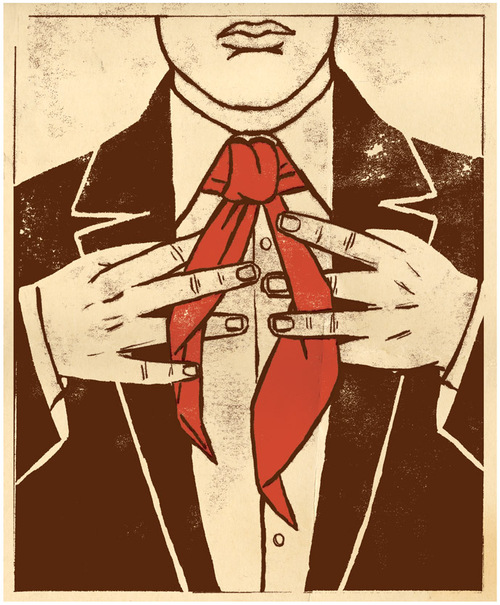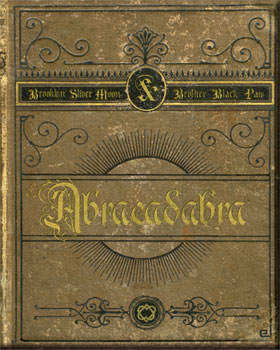An Autopsy of the Book Business
by Jason Epstein
Page one of an article posted on TheDailyBeast.com
Roll over, Gutenberg! Publishing legend Jason Epstein says the only way to save the book industry is to get rid of all the books.
While it may deliver the fatal blow, the financial crisis is only the proximate cause of the book publishing industry’s difficulties. The deeper cause is structural and its symptoms have been visible, though largely unacknowledged, for years. In a series of lectures at the New York Public Library a decade ago, I traced the origins of this structural deformation to the great post-war exodus from city to suburb. This vast migration turned the book business upside down, transforming it from a modestly profitable, stable industry of fifty or so firms dependent on predictable backlist sales—i.e., the long tail—to a game of roulette in which agents and authors own a casino where publishers can’t win.
"Madoff’s clients would not be out a penny today had they read Dickens’ Little Dorrit."
The marketplace for books when I entered the business shortly after World War II consisted of a thousand or so well stocked independent booksellers in major towns and cities supplemented by thousands of smaller shops that carried limited stocks of mostly current titles along with greeting cards, toys and so on. But it was the major independents with their sophisticated backlists—50,000 to 100,000 or more titles, displayed spine out—serving the interests of cosmopolitan readers, on which the industry relied. To linger in these stores was an education in itself and all the schooling a publisher needed. It was these backlists—titles that had covered their initial costs, earned out their authors’ advances, entailed no further risk than the cost of making and shipping the book itself—whose individual sales might be small but whose aggregate sale was in the millions, that sustained the industry. Bestsellers in those days were icing on the backlist cake.
What is true for book publishing is true for civilization: the books that survive the test of time are humanity’s backlist, our collective memory. I do not refer simply to the classics but to recent titles, hundreds of which are published every year and join the backlist long enough to move the civilizing dialogue forward. Without these books we would not know who we are, where we came from or where we may be going: they are the ongoing interplay of the present with the past, the confrontation of the human mind with the problem of existence. Would the American economy have collapsed if the casually educated caretakers of our treasure and good name who wasted our wealth on the assumption that greed is self-regulating had read those great conservative skeptics of human nature, Gibbon, Hobbes, Smith, and Burke, or studied the wisdom of our country’s founders? Mr. Madoff’s clients would not be out a penny today had they read Little Dorritt and encountered there Dickens’ ruinous and ruined Mr. Merdle (pun intended), Bernie’s exact prototype. The backlist—of which we as publishers, along with scholars, librarians and teachers are the guardians—is truly a matter of life and death.
By the mid 1970s the great downtown bookstores had begun to disappear as their customers migrated from city to suburb where population density was too thin to support major backlist retailers. Soon people shopped in deconstructed department stores, their former departments now individual specialty shops, where bookstores paid the same rent for the same limited space as the shoe store next door and needed the same quick turnover of inventories that sold themselves: books by celebrities and branded bestselling authors. By the eighties, publishers’ backlists were in steep decline as thousands of titles disappeared, dumped into the huge so-called orphanage of titles, no longer in print but still in copyright, whose owners can no longer be identified.
The steep decline in publishers’ backlists turned the industry upside down. Now publishers were obliged to pursue seasonal ephemera for which agents, putting their commercially viable titles up for auction, exacted unrealistic guarantees such as this seasons’ multimillion dollar guarantee to the multibillionaire Warren Buffett with his ready access to television, his folksy manner, and his hollow memoir—his true but neglected subject being greed, which has not lived up to expectations. Such disappointments are now commonplace and devastating. Publishers having lost control of their industry to commercially attractive authors and their agents are now not only their unhappy servants, but servants obliged to pay their masters for the privilege of serving them: an absurd and untenable situation.
Read the rest of the article.


